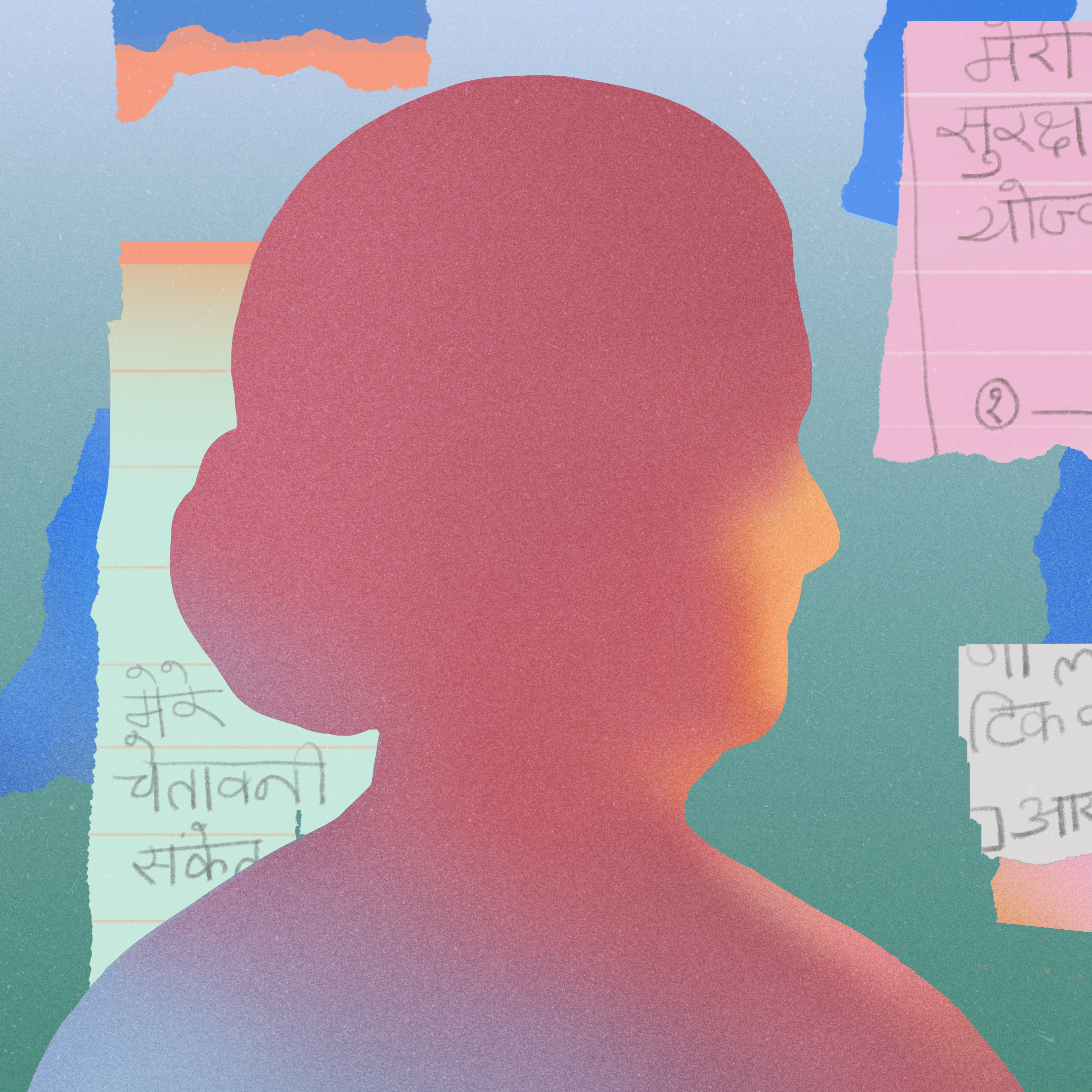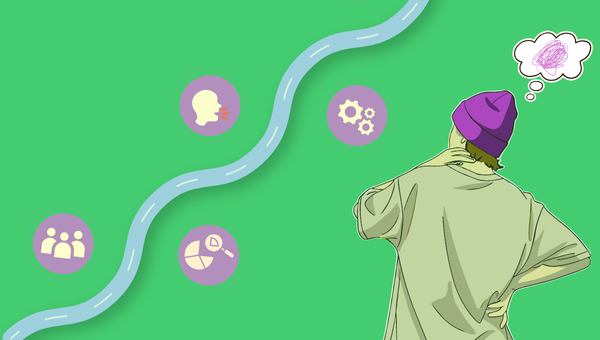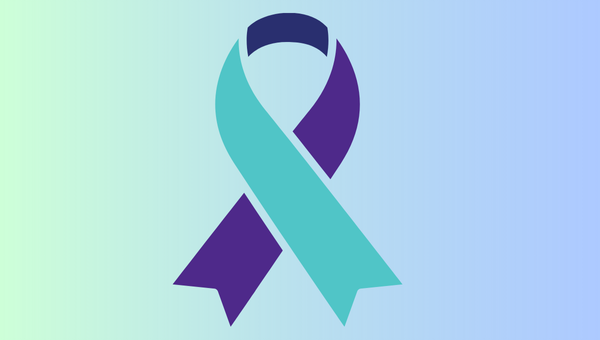This story includes mentions of suicide. Please proceed with care.
If you or someone you know is struggling, help is available — reach out to iCall (+91 9152987821), Tele MANAS (14416 – 24x7), or the Vandrevala Foundation Helpline (9999 666 555)

In a remote village in Chhattisgarh, India, Urmila [name changed to protect identity], a 42-year-old grandmother appeared in a Community Health Centre (CHC) with a clinical emergency: she was exhibiting signs of organophosphate poisoning. Until recently, Urmila had not shown signs of severe distress or depression but just a few weeks earlier she had experienced a profound personal loss—her only daughter and unborn grandchild had died in the eighth month of pregnancy due to complications. Urmila was devastated, and as the weeks progressed, she experienced overwhelming grief and guilt, leading to her attempt to take her own life. Thankfully, her husband realised that something was wrong and rushed her to the nearest CHC in time.
This is not simply the story of one elderly mother, but of countless older people who wrestle with complex emotions – grief, guilt, loneliness, and the pain of outliving their children or partners. Urmila’s experience, while deeply personal, reflects a broader and growing public health concern in India—one that is too often overlooked.
Suicide among the elderly in India
Suicide among older adults in India is a neglected issue. According to the report of National Crime Records Bureau (NCRB), 19% of suicide deaths in the country are among people aged 45–60, and 9% are among those above 60. Likewise, the Longitudinal Ageing Study of India (LASI) 2020 report estimates that by 2050, 319 million people in India will be above the age of 60 and 655 million will be above 45. This is not simply a statistic, but an early indication that as India's population ages, the number of suicides among older people is also anticipated to rise.
There are various risk factors that can lead to suicide among elderly such as loneliness, isolation, difficulty related to chronic disease, bereavement, suffering any form of abuse, financial insecurity, or disability. Older adults are also less likely to seek help for suicidal thoughts, and when they do, these signs are often minimised or ignored. In rural areas, where mental health services are scarce or non-existent, this lack of support is particularly acute.
A Health System-Based Response: Contact and Safety Planning (CASP)
To address this gap, the Contact and Safety Planning (CASP) program offers structured emotional support to individuals who have recently attempted suicide. CASP is embedded within the public health system and delivered by trained primary care health workers over a three-month period following the suicide attempt. It brings together two evidence-based strategies—regular “contact” and “safety planning”—both of which have independently shown promise in reducing suicide risk.
How CASP Works
In India, individuals experiencing suicidal distress often seek help at their nearest primary health centre, particularly in emergencies. However, frontline health workers are rarely equipped with the knowledge or training to respond appropriately. CASP seeks to address this gap by building the capacity of public sector nurses and Community Health Officers (CHOs) to identify and support individuals at risk.
Integrated into the existing public healthcare delivery model, CASP trains primary healthcare staff to recognize the warning signs of suicide, offer immediate emotional support, and co-create personalised safety plans with patients. A key strength of the intervention lies in its accessibility and community reach. Nurses at Primary Health Centres (PHCs), Community Health Centres (CHCs), and District Hospitals (DHs) identify individuals who have recently attempted suicide. From there, CHOs based at nearby Health and Wellness Centres follow up with the individual—either at home or at a venue of their choice—ensuring continuity of care even for older adults with limited mobility or disability.
Urmila’s story
At the time of Urmila’s discharge, a nurse trained under the CASP program approached her and offered brief emotional support. The nurse explained the purpose of the CASP initiative: to provide structured, post-attempt care delivered by trained CHOs. With Urmila’s verbal consent, the nurse initiated the CASP protocol and referred her to the nearest CASP-trained CHO in her area.
The CHO conducted a home visit, establishing a supportive and non-judgmental space for Urmila to express her grief. During this first session, the CHO offered psychosocial support, assessed her risk of a repeat suicide attempt, and worked with her to develop a personalized safety plan. This plan included identifying warning signs, listing coping strategies and emergency contacts, and reducing access to means of suicide.
Over the next four visits, the CHO continued to reassess her level of risk and revisited the safety plan, adapting it based on Urmila’s evolving needs. Across these five sessions, the CHO noted gradual but meaningful improvements in Urmila’s emotional wellbeing. She began to show signs of stability, resilience, and a renewed will to live.
Urmila’s case illustrates what CASP is designed to do: deliver timely, community-based support to individuals in acute emotional distress following a suicide attempt.
Addressing an Unseen Crisis
Like Urmila, many older adults in India silently struggle with thoughts of suicide, and more often than not, this happens without anyone noticing. Despite the scale of the issue, identifying suicide attempts and offering psychological support through the primary healthcare system remains uncommon. Most frontline health staff lack the training and tools needed to recognize or compassionately respond to suicidal behaviour, which is ironic as they are usually the first point of contact for these situations.
This underscores the urgent need to acknowledge suicide among older adults as a serious public health concern and to invest in building the capacity of primary healthcare providers to respond effectively. By integrating mental health support into existing systems of care, programs like CASP help bridge the gap—particularly in rural and underserved communities.


